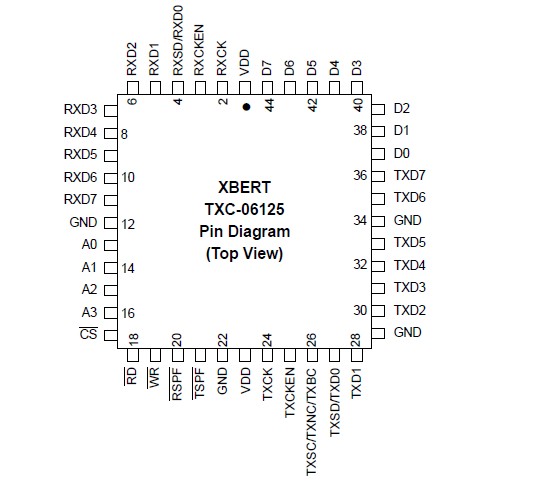TXC-06125: Features: • Bit-serial, nibble-parallel, and byte-parallel interface capability, selectable via control bits• Transmit and receive clock rate: 100 Hz to 78 MHz for serial, nibble, byte I...
floor Price/Ceiling Price
- Part Number:
- TXC-06125
- Supply Ability:
- 5000
Price Break
- Qty
- 1~5000
- Unit Price
- Negotiable
- Processing time
- 15 Days
SeekIC Buyer Protection PLUS - newly updated for 2013!
- Escrow Protection.
- Guaranteed refunds.
- Secure payments.
- Learn more >>
Month Sales
268 Transactions
Payment Methods
All payment methods are secure and covered by SeekIC Buyer Protection PLUS.

 TXC-06125 Data Sheet
TXC-06125 Data Sheet







